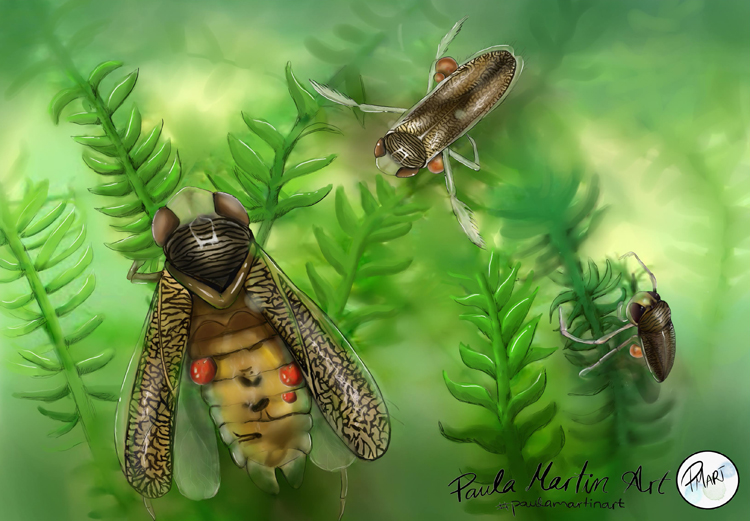Biological invasions provide an opportunity for ecological and evolutionary exploration of immune function in host–parasite interactions. Studying parasite-induced immune response in native and invasive species can provide novel insights into mechanisms underlying invasion success. This study aimed to establish the influence of mite ectoparasites on the invasion of the alien water boatman Trichocorixa verticalis (Corixidae) originating from North America, examining the variation in a key component of insect immune function (phenoloxidase activity), and condition (fat storage) of T. verticalis and four species of native water boatmen in relation to water mites, combining field and laboratory observations in southern Spain. Mite infection was associated with a general decrease in corixid immune function (but not of fat stores), but to a varying extent in different host species. Immunosuppression was particularly high in the alien species, which also had a particularly high prevalence of mites in both field and laboratory infections. Mite infections may therefore explain the low abundance of the alien corixid in low salinity ponds, where native corixids dominated and mites were abundant. Uninfected T. verticalis had a lower immune function than three native corixid species, probably because the alien is adapted to higher salinities where ectoparasites are absent, supporting the "cost of immunity hypothesis". This study shows that higher immunocompetence in invasive species is not the rule as previously assumed, and highlights the need to better integrate immunology into invasion biology. informacion[at]ebd.csic.es: Céspedes et al (2019) Eco-immunology of native and invasive water bugs in response to water mite parasites: insights from phenoloxidase activity. Biol Invasions https://doi.org/10.1007/s10530-019-01988-w
https://link.springer.com/article/10.1007/s10530-019-01988-w

 Las altas temperaturas están provocando que las lagunas y las marismas de Doñana pierdan agua rápidamente
Las altas temperaturas están provocando que las lagunas y las marismas de Doñana pierdan agua rápidamente




